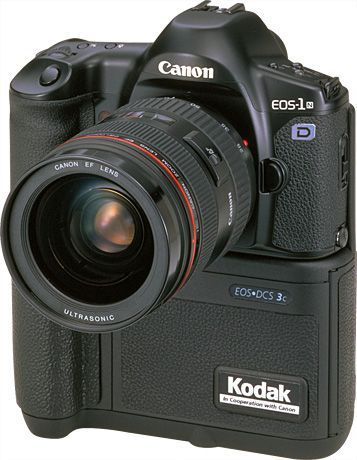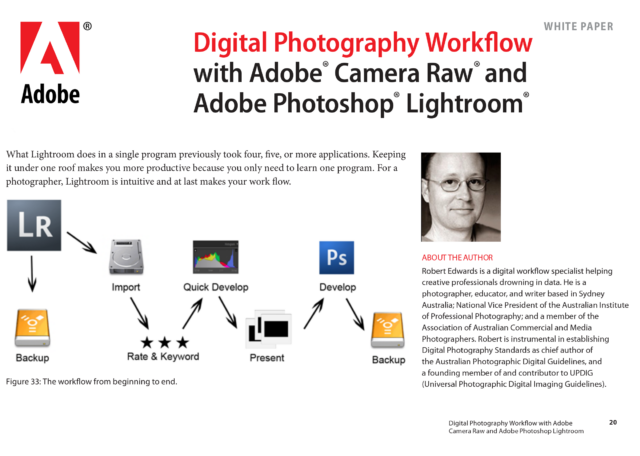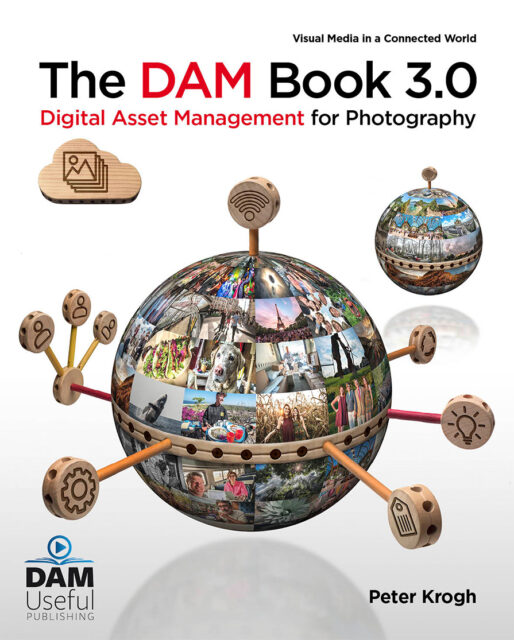Almost twenty years later, I’m again being asked to help with how to set up a professional photography workflow.
Some context

In the early noughties the move from film (I dislike the word analog) to digital photography introduced many challenges. Especially for professional photographers earning their living with the new medium. How we captured images, and more importantly, how we delivered images to clients, was all brand new. There was no best practice like there had been for decades with film photography. We were creating the new standards. The trouble was, everyone had their own “standard”!
With film, when Kodak was the behemoth, they set the industry standards by which other manufacturers, and photographers had to follow. In the early days of digital no one person had the perfect solution. There were as many workflows as there are photographers.
Why me
I had have two main concerns when it come to digital photography.

Firstly, an early adopter I had some clients refusing to accept digital images. They had been burned by other photographers supplying over-sharpened, badly colour managed, low resolution files. For my main clients I captured digital along with film where possible to give them the choice. Quickly they could see the benefits: speed, efficiency, and no film scanning costs.
Secondly, and a more personal, perhaps selfish reason, I was a new parent and worried about the archive of family images I was creating digitally. This is what drives my passion for digital photography standards. The bio image below for an Adobe white paper was a cropped photo of me holding my first born.

Workflow
This was a buzzword for digital photography in the mid-2000’s. Many people wrote, spoke, taught and consulted on digital photography workflows. Myself included!
Just like with film, the goal is to capture and safely deliver the highest quality images to clients. There are many steps along the way, and any one of them can influence the final outcome. Thankfully, it’s a problem that’s been solved. It isn’t rocket science, more like common sense.
Establishing best practice
In the early 2000’s professional photography associations began researching best practice. Members shared their experience and helped one another. Several professional photography associations formed an international working group to establish best practice. Led by the American Society of Media Photographers (ASMP) it resulted in dpBestflow: Digital Photography Best Practices and Workflow. While the site hasn’t been maintained for a while, the content is just as relevant today.

One of the project leaders dpBestflow, Peter Krogh, literally wrote the book on the subject: The DAM Book for Photographers.
This is your best resource for establishing your own digital photography workflow. Yes it’s a book. The best way to archive an image is to print it. Coincidently, you can order The DAM Book as a PDF, or in print.
